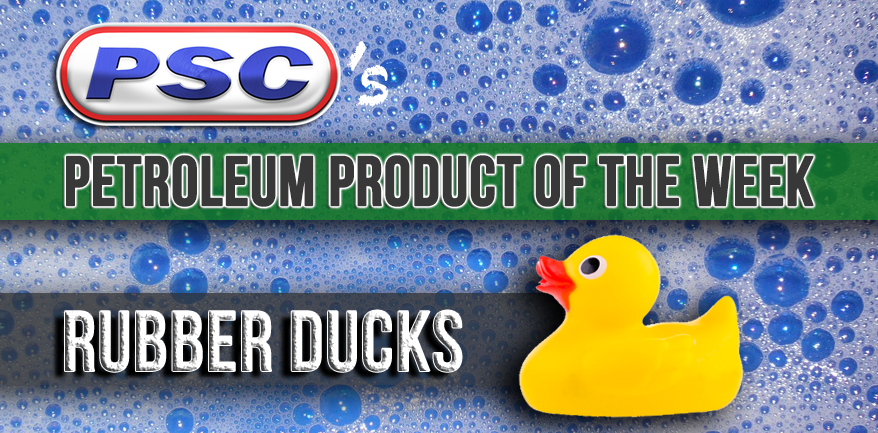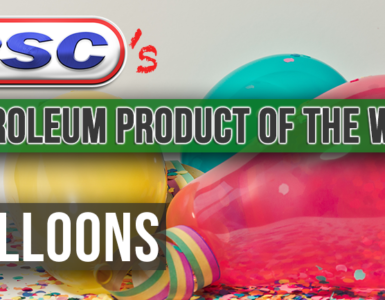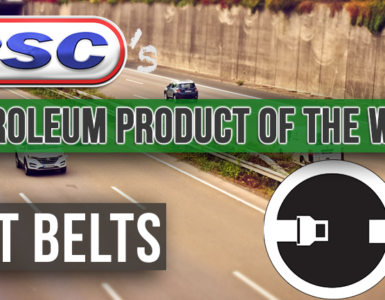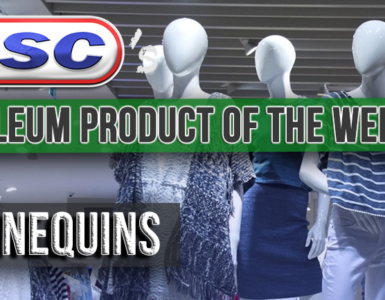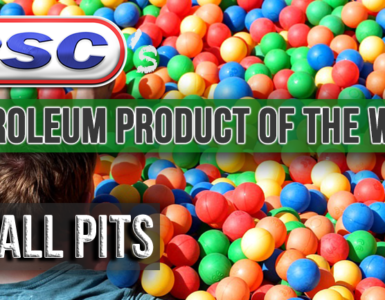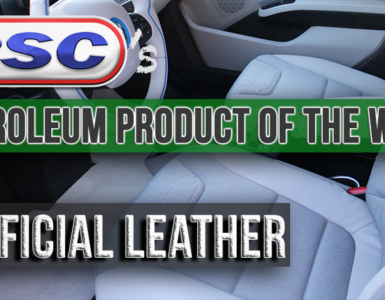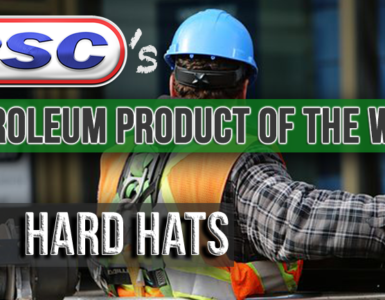Rubber Duckie you’re the one
You make bath time lots of fun
Rubber Duckie I’m awfully fond of you
You don’t need to be Ernie to enjoy a good rubber duckie (or to write a tribute song to your favorite bathtime companion).
How to Rubberize a Duck

Rubber has played an important role in manufacturing and the production of various goods since the 1800s. While the indigenous cultures of Mesoamerica have known about rubber for centuries, its commercialization in the 19th century and the industrial revolution got the rubber business booming.
By the late 1800s, manufacturers began using the more durable vulcanized rubber for things like automobile tires and toys. And among those early rubber toys is our beloved rubber duckie.
The earliest rubber ducks were cast solid from vulcanized rubber. These toys, much heavier than they are today, didn’t float. Instead, they were billed as chew toys (for children, sure, but I’m sure dogs could also take a nibble?). In 1933, a latex supplier licensed and produced a series of Disney character bath floaters, the most popular being Donald and Donna Duck. However, Disney licenses aren’t exactly conducive to cheap, mass-market toys.
Things really changed for the rubber duck in the 1940s, though, when Peter Ganine, a Russian-American sculptor, created a more “generic” duck. This became the first commercial rubber duck as we know it. Ganine patented his duck design and reproduced it as a floating toy. His toy patent started in 1949 for a period of 14 years. This “uncapsizeable duck” became one of his most popular designs and sold more than 50 million.
By the 1960s, Ganine’s rubber duck was out of patent and became a cheaply made, cheaply acquired bathroom fixture. Rubber Ducks became the perfect bathtime companion for children apprehensive about the bath water.
Goodbye, hydrophobia…hello, bathtime fun.
In 1970, Ernie, the loveable, cheerful orange Muppet on Sesame Street, first sang his equally cheerful song, “Rubber Duckie:”
Rubber Duckie, you’re the one
You make bath time lots of fun
Rubber Duckie, I’m awfully fond of you
Rubber Duckie, joy of joys
When I squeeze you, you make noise
Rubber Duckie, you’re my very best friend, it’s true
Ernie’s song, written by Jeff Moss, debuted on February 25, 1970, during Sesame Street’s first season. “Rubber Duckie” appeared on the Workshop’s first album. The single sold more than 1 million copies and even appeared on the Billboard chart in 1971. “Rubber Duckie” recordings are found in numerous languages, including Chinese, French, German, Hebrew, Spanish and Dutch.
Sesame Street has taught us plenty over the years, including that everyone loves a little rubber duck.

How Rubber Ducks Are Made
So now that we know a little bit about why rubber ducks are oh so popular, you might be wondering how they’re made.
The original rubber ducks were, well, rubber. Vulcanized rubber, to be precise. Deitrich Rempel developed a hollow casting process (roto-casting) that allowed toy manufacturers to make hollow duckies. Rempel Manufacturing was also the last company in the U.S. to make real rubber toys. They stopped in the mid-60s.
So while we still call them rubber ducks, rubber ducks haven’t actually been made of natural rubber for several decades. The cost of “true” rubber is prohibitively expensive. Because of cost, just about every rubber product is made from synthetic rubber. Toy manufacturers now primarily make rubber ducks and similar bath toys from safe, non-toxic vinyl.
To see how modern rubber duckies are made by Celebriducks, check out this video below:
The rubber duck has undergone a lot of transformations since it originally debuted. But there is one thing that hasn’t changed: our love for the original, National Toy Hall of Fame inducted, classic yellow rubber duck.
Petroleum product of the week is a bi-weekly series exploring the many ways in which petroleum enters our lives through everyday objects. Do you have a petroleum product you think we should feature? Let us know in the comments!
Additional Sources:
http://mentalfloss.com/article/79740/wise-quacks-history-rubber-duck
http://www.toyhalloffame.org/toys/rubber-duck
Rubber Duckie: the Story Behind Sesame’s Iconic Bath Time Tune

